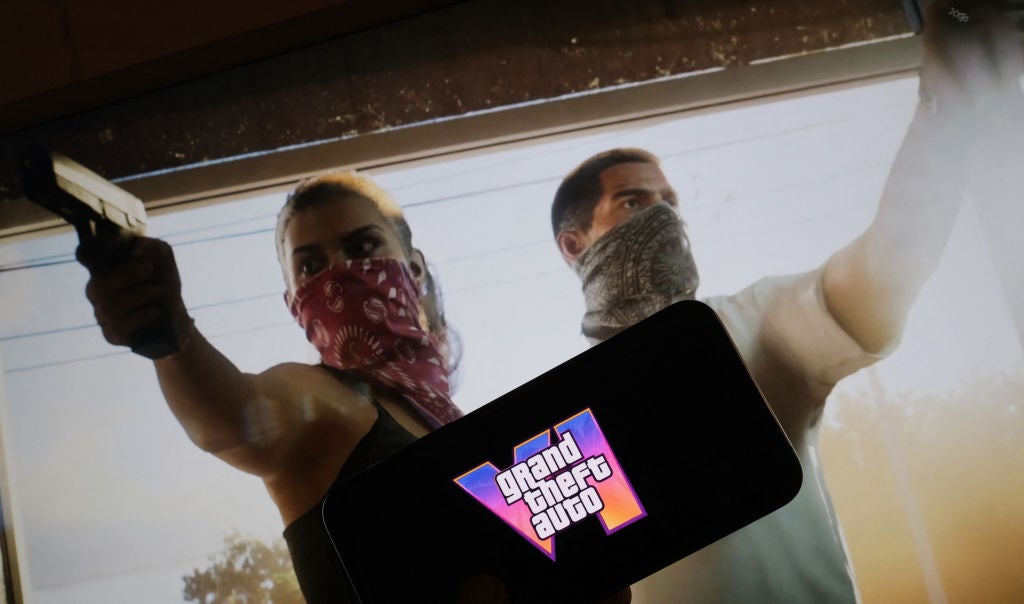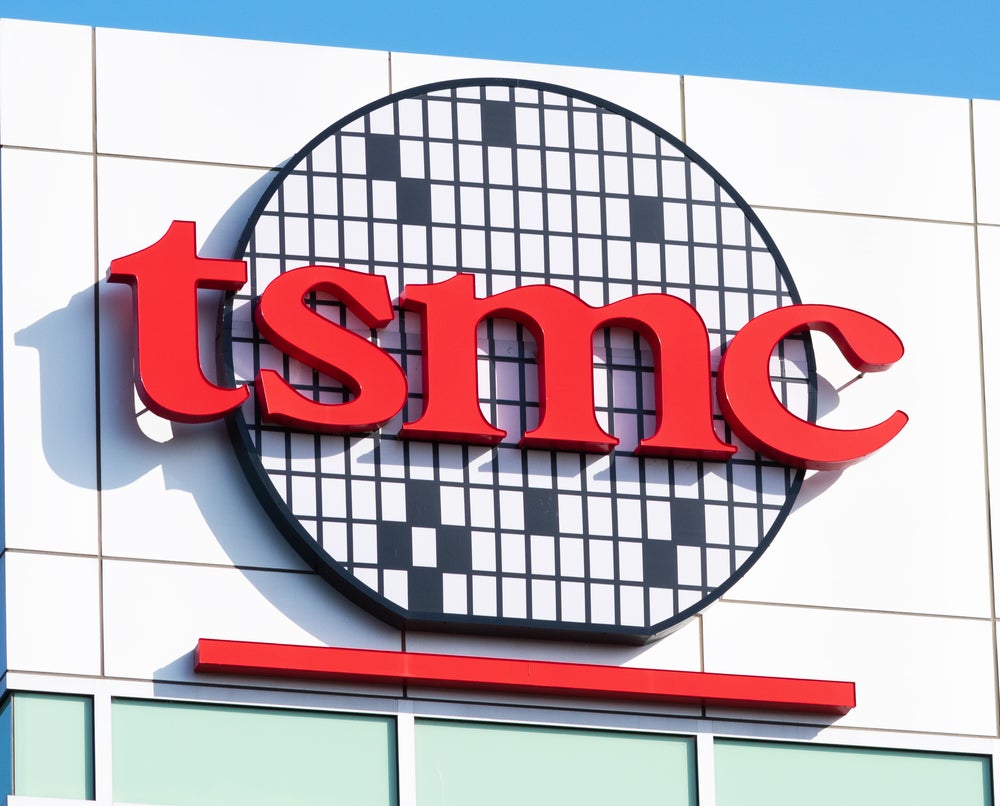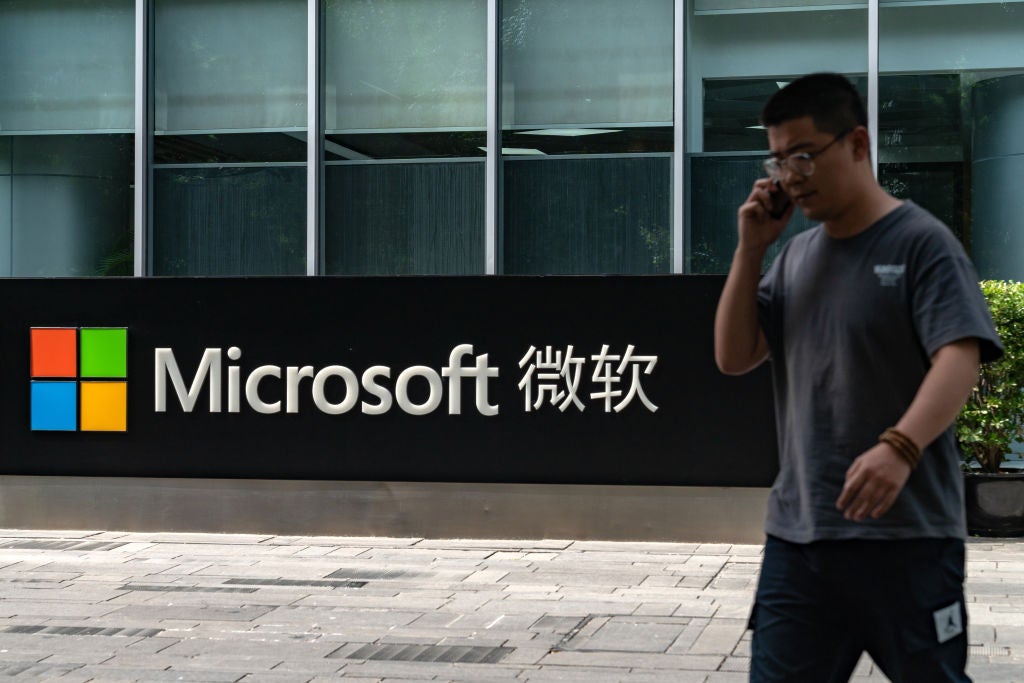Nintendo has filed a patent for a system that uses an inertial sensor in an operation device to determine if a swing input has been performed. The system manages a learned model based on teacher data associated with different swing directions, and uses this model to determine the swing direction based on the input data. Game processing is then executed based on the determined swing direction. GlobalData’s report on Nintendo gives a 360-degree view of the company including its patenting strategy. Buy the report here.
According to GlobalData’s company profile on Nintendo, Location-based parallel gaming was a key innovation area identified from patents. Nintendo's grant share as of September 2023 was 65%. Grant share is based on the ratio of number of grants to total number of patents.
The patent filed is for a system that determines swing direction in a game using an operation device with an inertial sensor
A recently filed patent (Publication Number: US20230310988A1) describes a computer-readable non-transitory storage medium that contains instructions for an information processing apparatus. When executed by a processor, these instructions enable the apparatus to perform various operations related to game processing based on swing inputs from an operation device with an inertial sensor.
The first claim outlines the operations performed by the information processing apparatus. It acquires operation data from the inertial sensor, determines if a swing input has been performed, manages a learned model for determining the swing direction, inputs the operation data to the learned model to determine the swing direction, and executes game processing based on the determined swing direction.
The second claim specifies that during swing direction determination, multiple operation data inputs acquired progressively during the swing input period are used to determine the swing direction.
The third claim introduces the use of acceleration data to determine the start and end of a swing input, as well as the swing direction determination based on the learned model's output.
The fourth claim describes the use of degrees of similarity outputted by the learned model to determine the swing direction.
The fifth claim states that when multiple swing directions satisfy a predetermined similarity condition, the swing direction associated with the highest degree of similarity is determined.
The sixth claim mentions that the predetermined similarity condition can be adjusted based on the game's situation, potentially affecting the swing direction determination.
The remaining claims discuss additional features such as the inclusion of orientation data in the operation and teacher data, changing the orientation of a player character object in a virtual space based on the operation data, executing game processing under specific conditions, and handling cases where no swing direction satisfies the similarity condition.
In summary, this patent describes a system and method for game processing based on swing inputs from an operation device with an inertial sensor. The system utilizes a learned model and various parameters to determine the swing direction and execute game processing accordingly. The patent introduces several features and conditions that enhance the accuracy and effectiveness of swing direction determination and game processing.
To know more about GlobalData’s detailed insights on Nintendo, buy the report here.
Premium Insights
From

The gold standard of business intelligence.
Blending expert knowledge with cutting-edge technology, GlobalData’s unrivalled proprietary data will enable you to decode what’s happening in your market. You can make better informed decisions and gain a future-proof advantage over your competitors.







